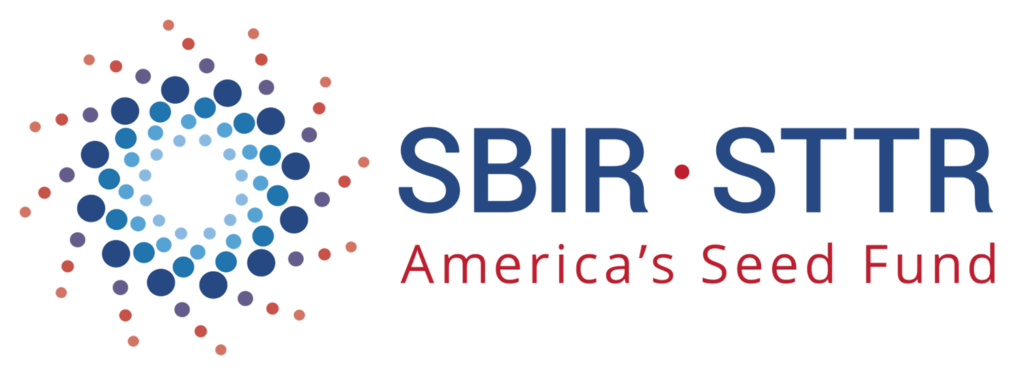Apply for Funding
Work with Nanomatronix's team of scientists, engineers, and proposal writers to apply for small business technology transfer awards (SBIR/STTR).
Receive funding
Receive Phase I/II SBIR/STTR funding for up to 12-month project terms to accelerate your research and pay your team of graduate students or post-docs.
Commercial translation
Nanomatronix works closely with you to customize a mutually beneficial commercialization strategy so you can focus on research while receiving royalties.





